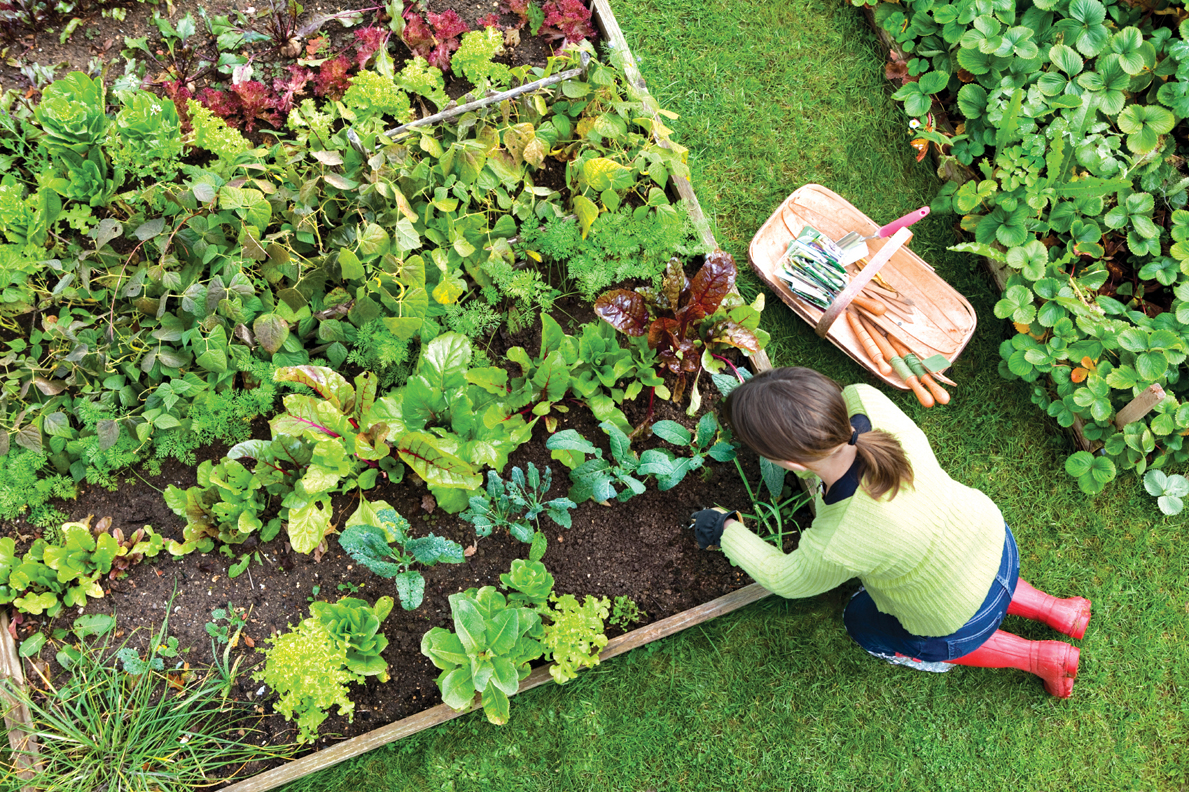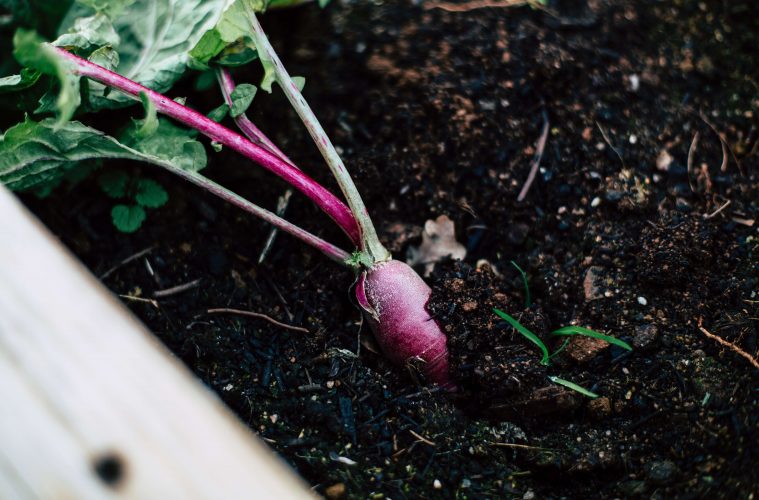In the hustle and bustle of modern life, the desire for a connection to nature and the satisfaction of growing your own food has led many to embark on the journey of creating a vegetable patch in their backyard. A vegetable patch not only provides a sustainable source of fresh, organic produce but also offers a therapeutic escape into the world of gardening.
Here’s a comprehensive guide to help you cultivate your own flourishing vegetable patch:
Location Matters
Choose a spot in your garden that receives at least 6-8 hours of sunlight daily. Sunlight is essential for the photosynthesis process, ensuring healthy plant growth and bountiful harvests. Additionally, ensure the area has well-drained soil to prevent waterlogging.
Plan Your Layout
Consider the size and layout of your vegetable patch. Raised beds are an excellent option, providing better drainage and control over soil quality. Plan the arrangement of crops strategically, considering factors such as plant height, sunlight requirements, and compatibility.
Soil Preparation
The foundation of a successful vegetable patch lies in the quality of the soil. Enrich the soil with organic matter like compost or well-rotted manure to enhance fertility. Regularly test the soil pH and adjust it to the optimal range for the vegetables you plan to grow.
Choose the Right Vegetables
Select vegetables that are well-suited to your climate and growing season. Beginners may find success with easy-to-grow options like tomatoes, lettuce, and zucchini. Research the specific needs of each vegetable to ensure a thriving garden.

Pexels
Planting Techniques
Follow proper planting techniques to give your vegetables the best start. Pay attention to spacing recommendations to avoid overcrowding, which can lead to poor air circulation and disease. Consider intercropping to maximize space and discourage pests.
Watering and Maintenance
Establish a consistent watering routine to keep your vegetable patch adequately hydrated. Mulching around plants helps retain moisture and suppress weeds. Regularly inspect your garden for signs of pests or diseases, addressing issues promptly to prevent widespread damage.
Companion Planting
Harness the power of companion planting to create a harmonious ecosystem in your vegetable patch. Some plants naturally complement each other, providing mutual benefits such as pest control and improved nutrient uptake.
Patience and Observation
Gardening is a patient endeavour. Observe the growth patterns of your vegetables, noting any changes or challenges. Learn to identify common pests and diseases, taking proactive measures to maintain a healthy garden.
Feature image: Pexels

